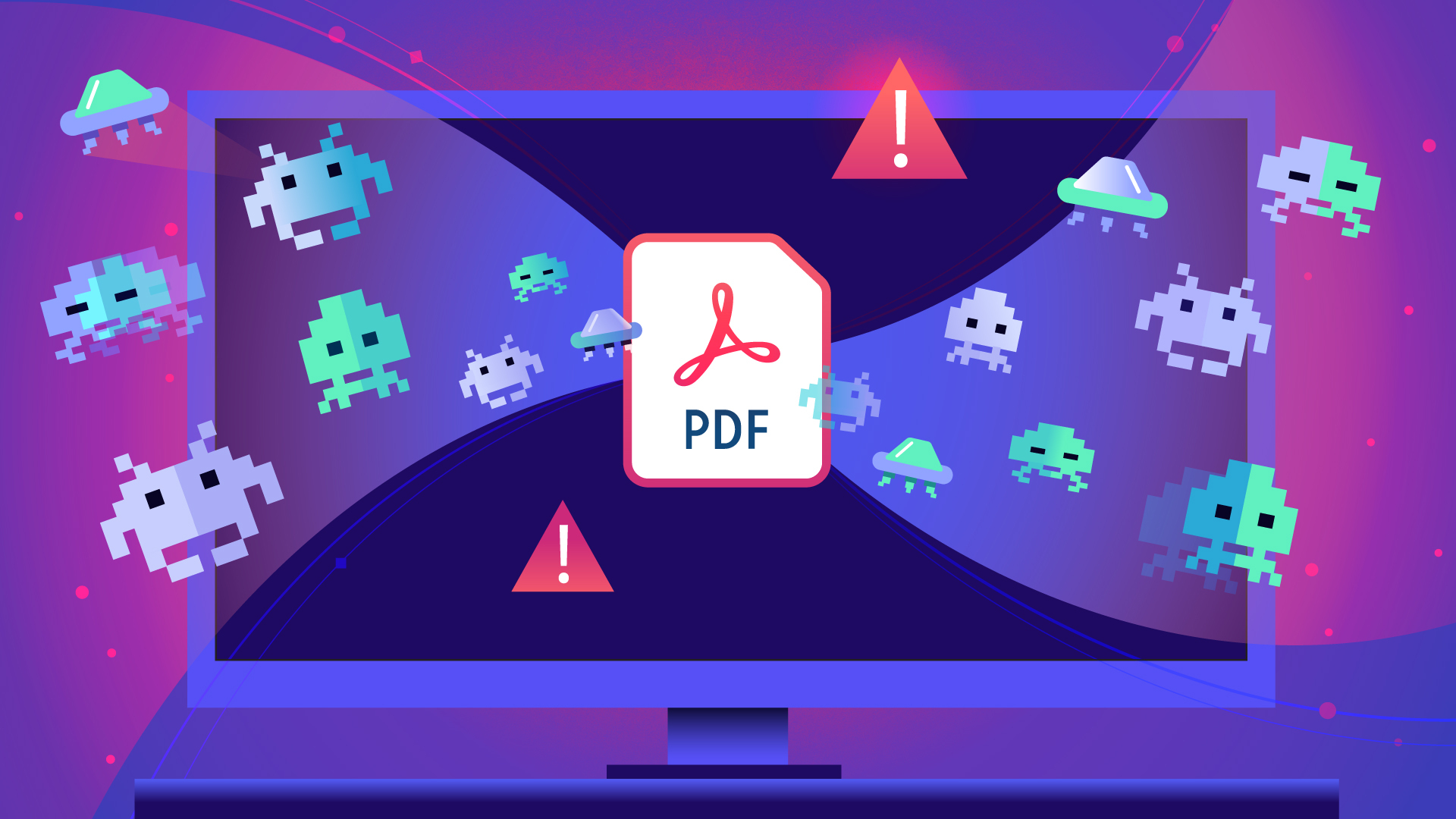In recent months, there has been growing pressure on the US government and Congress to pass more rigorous and effective cybersecurity legislation. To a large part, this is motivated by the need to discourage bad actors from targeting government institutions, to secure key infrastructure, and to force defence and intelligence agencies to improve their own security.
In August of this year, for example, US senators offered a bipartisan measure requiring firms to disclose cyber attacks to the government. This follows a Presidential Executive Order issued in May that stated the urgent need for reform, with a particular emphasis on speeding up the pace of investment and modernization necessary to boost the country's cybersecurity. As well as setting out a variety of dates for enacting legislation, it also emphasised the importance of public and private sector collaboration as Biden called for the private sector to ‘Raise the Bar’ on cybersecurity. A mandate already adopted by the public sector.
Delivering Proactive Defense
Efforts to create stronger regulations and compliance requirements are an important part of a larger process to improve security. The sophistication of nation-state adversaries will likely remain one step ahead of the curve without improved technology solutions. Few would disagree that government-led enforcement is essential, but any domestically crafted law's scope is clearly limited, especially when illicit acts are state-sponsored and, by definition, covert.
These advancements also recognise that cyberspace has joined the ranks of land, sea, air and space as the fifth contemporary battleground. Indeed, NATO recently published its policy position on the importance of cybersecurity, describing it as a “core task of collective defence” for the 30 countries on both sides of the Atlantic that form the political and military alliance.
For those mounting attacks, the cybersecurity ‘battleground’ is a scenario that offers a lot of benefits in terms of risk/reward, given they can be carried out with little or no penalties but nevertheless deliver disastrous impact for the victims. While attackers aren't waging war or performing acts of aggression in the classic sense, and there have been few instances of attacks resulting in human fatalities, each episode adds to the underlying tension and distrust that prevails on the global stage.
In practical terms, public sector organisations' capacity to make improvements is contingent on them addressing a variety of goals and risks, including those posed by infected files and documents. These are a critical attack vector that is continually being abused, since they are created and transferred in the millions between people, teams, and organisations.
The Danger of File-Based Threats
While most businesses recognise the need of defending against file-based malware and ransomware, far too many continue to rely on a totally reactive approach based on existing antivirus and sandboxing technologies to safeguard their important files.
While this provides some security, the issue is that roughly 70% of malware identified embedded within files when it is downloaded is of an unknown kind. In consequence, reactive cybersecurity tools are blind to this dangerous information, leaving consumers with a massive security gap and a possibly catastrophic security blindspot.
To learn more about how Glasswall helps both public and private sectors address the challenges of file-based security, click here.



.png)









